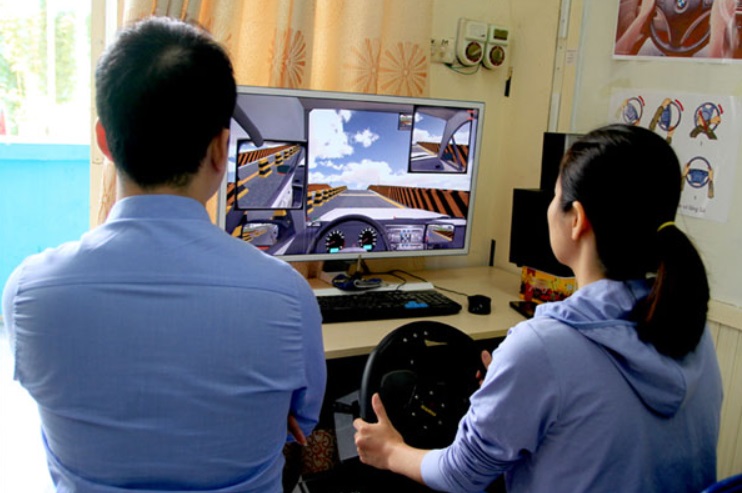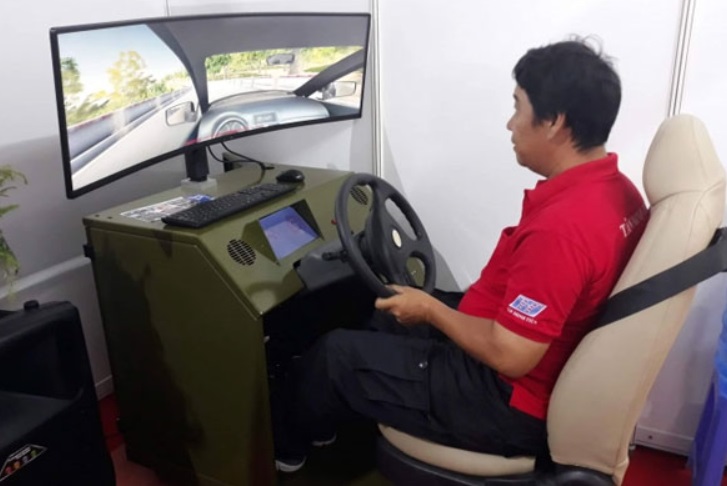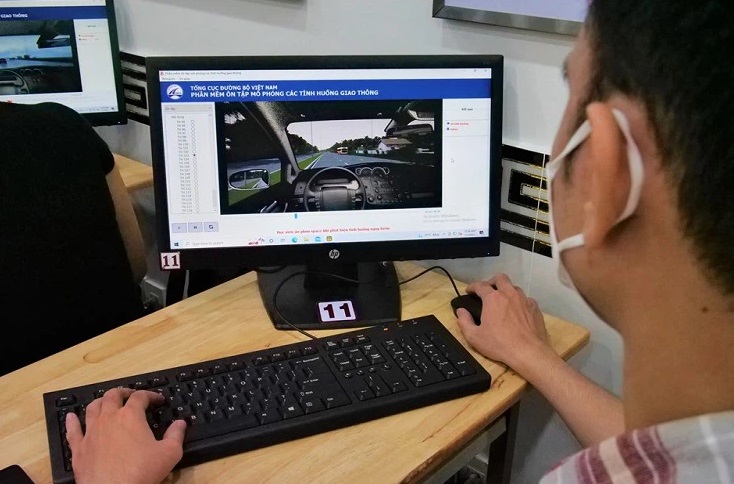As of November 2023, the Ho Chi Minh City Department of Transportation has conducted over 2,100 car and motorcycle driving exams.
Out of more than 390,000 candidates, nearly 120,000 people failed, with nearly 50% failing the car driving test.
According to the Ho Chi Minh City Department of Transportation, the increase in failure rates and number of failed driving exams compared to last year is due to the addition of simulated driving situations in the software used for the exams.
However, the simulation still has its flaws, as some situations are not realistic enough and the results depend on the software programmer’s decisions. This leads to drivers being penalized even for the slightest delay in their response.
In addition, the process of learning to drive has become longer with more content aimed at improving the quality of training. Many students are unable to absorb all the information, resulting in incomplete knowledge and ultimately failure.
Many people advocate for reducing the emphasis on simulated exams and increasing the focus on practical exams. This would alleviate some of the burden on candidates and make the driving exams less daunting.
However, others believe that the simulated exams are beneficial as they help develop drivers’ ability to anticipate and respond to different traffic situations. Many countries have already implemented similar practices. Ultimately, the decision to pass or fail still rests on the instructors and the candidates themselves.
In contrast to Ho Chi Minh City, the pass rates for driving exams in Quang Ninh and Hai Phong have been consistently high.
Specifically, from the beginning of the year until November 10, 2023, the Quang Ninh Department of Transportation organized 144 car driving exams with a total of 20,638 participants and a pass rate of 57%.
In Hanoi, in 2023, the total number of candidates who took the driving exams for a driver’s license was 207,844, out of which 113,080 failed, resulting in a pass rate of 54.4%. Within the driving exams, 112,889 participants took the simulated exams, with 18,572 failing, resulting in a pass rate of 16.4%.
In response to the situation, Mr. Luong Duyen Thong, Head of the Vehicle Management and Drivers Division of the Vietnam Road Administration, stated that based on feedback from the Departments of Transportation and candidates, they have made adjustments and upgrades to the simulation software used in the exams. The new version of the software will be officially implemented on February 1.
After the modifications, the focus of the software is on clearer situations to make it easier for candidates to recognize and respond. The scoring time has also been extended. Candidates who fail the theoretical part and need to retake it will no longer have to go through the simulated exams.
The adjustments to the simulation software include:
Enhancing and improving the resolution of certain situations to improve the quality of the images and facilitate better observation and recognition
Adding three features to the review software: displaying the names of each situation to help candidates identify them, adding navigation buttons to allow candidates to switch to previous/next situations, displaying a score bar and flag for each situation, and designing the practice exam interface similar to the actual exam for candidates to become familiar with.
The virtual exam software has also been adjusted to increase the countdown time between situations from 3 to 10 seconds; double-clicking on the video is no longer allowed as it could lead to missed instructions; and the scoring period for dangerous situations has been prolonged from 5 to 0 points to give candidates more time to recognize and respond.
Mr. Thong emphasized that the simulated exams will not be abandoned as they are a mandatory requirement stipulated in Decree 138/2018 and Circular 38/2019 of the Ministry of Transportation. The software has been thoroughly researched and has drawn inspiration from countries such as the UK, Japan, Australia, and real traffic accidents in Vietnam.
Using this software helps candidates become more aware of developing dangerous situations that could lead to traffic accidents.
TH (Tuoitrethudo)












































